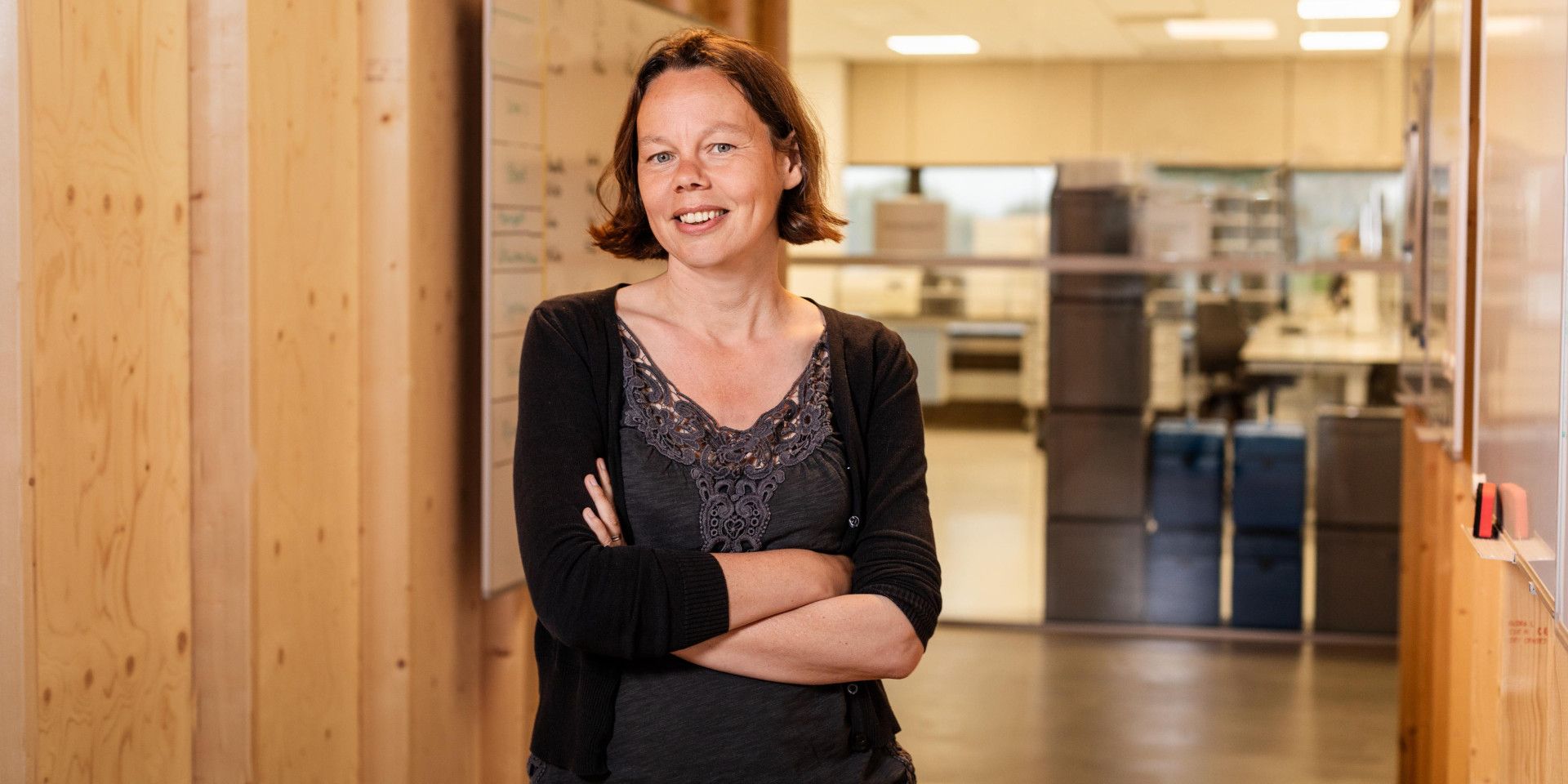
Trynke de Jong new Manager Biosamples & Data Access at Lifelines
We are proud to announce the appointment of Trynke de Jong as the new Sharing Manager at Lifelines. Trynke started her career at Lifelines 6.5 years ago as project manager and has since played an important role in promoting scientific research and collaboration. In this interview, she shares her motivation, experiences and future vision for Lifelines.
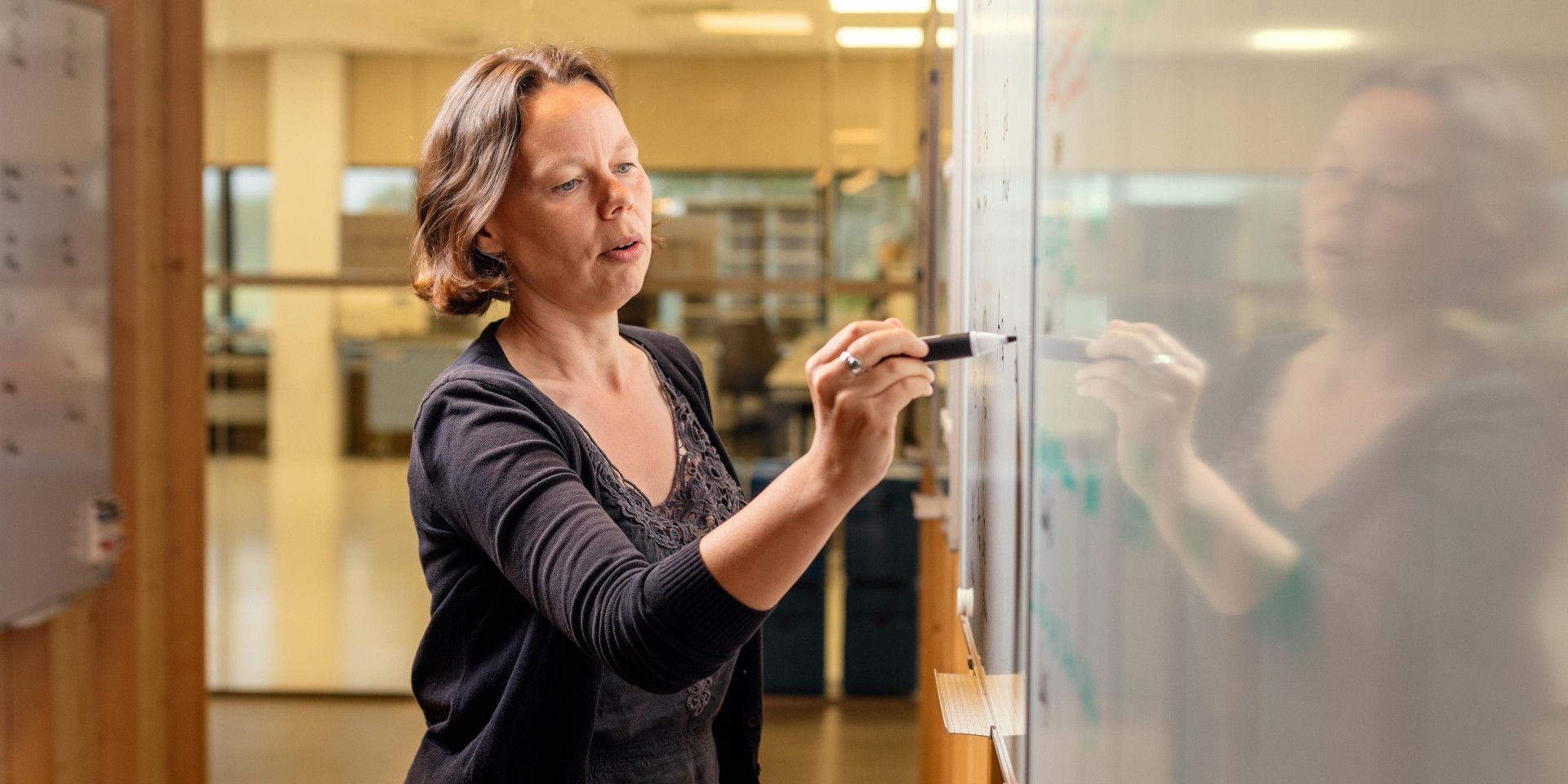
6.5 years ago you started working at Lifelines as a senior project manager. What motivated you to join Lifelines initially?
“When I applied to Lifelines, I was living in Germany and working as an academic researcher. My husband and I had been considering a move back to the Netherlands, so I started looking for jobs that aligned with my interests. I focused mainly on the non-profit sector because making a contribution to society is what motivates me greatly. Although I had never heard of Lifelines due to my time abroad, it perfectly matched my interests and skills. It particularly caught my attention because my roots are in the north of the Netherlands, where Lifelines operates.”
What was your own research about?
"My own research focused on the natural behavior of laboratory animals, such as rats and Californian deer mice. I wanted to understand how the natural behavior of animals can be translated to human behaviors. In particular, I studied reproductive behavior, aggression and parental care. I have always been inspired by the questions ‘What is normal?’ and ‘What is abnormal? A lot of research is done on specific diseases and abnormalities, but I think it is important to look at the bigger picture. This is where the parallel with Lifelines lies. It is crucial that Lifelines allows us to look at the bigger picture of health and well-being. This allows researchers not only to investigate specific conditions, but also to understand how they relate to people's overall health and well-being."
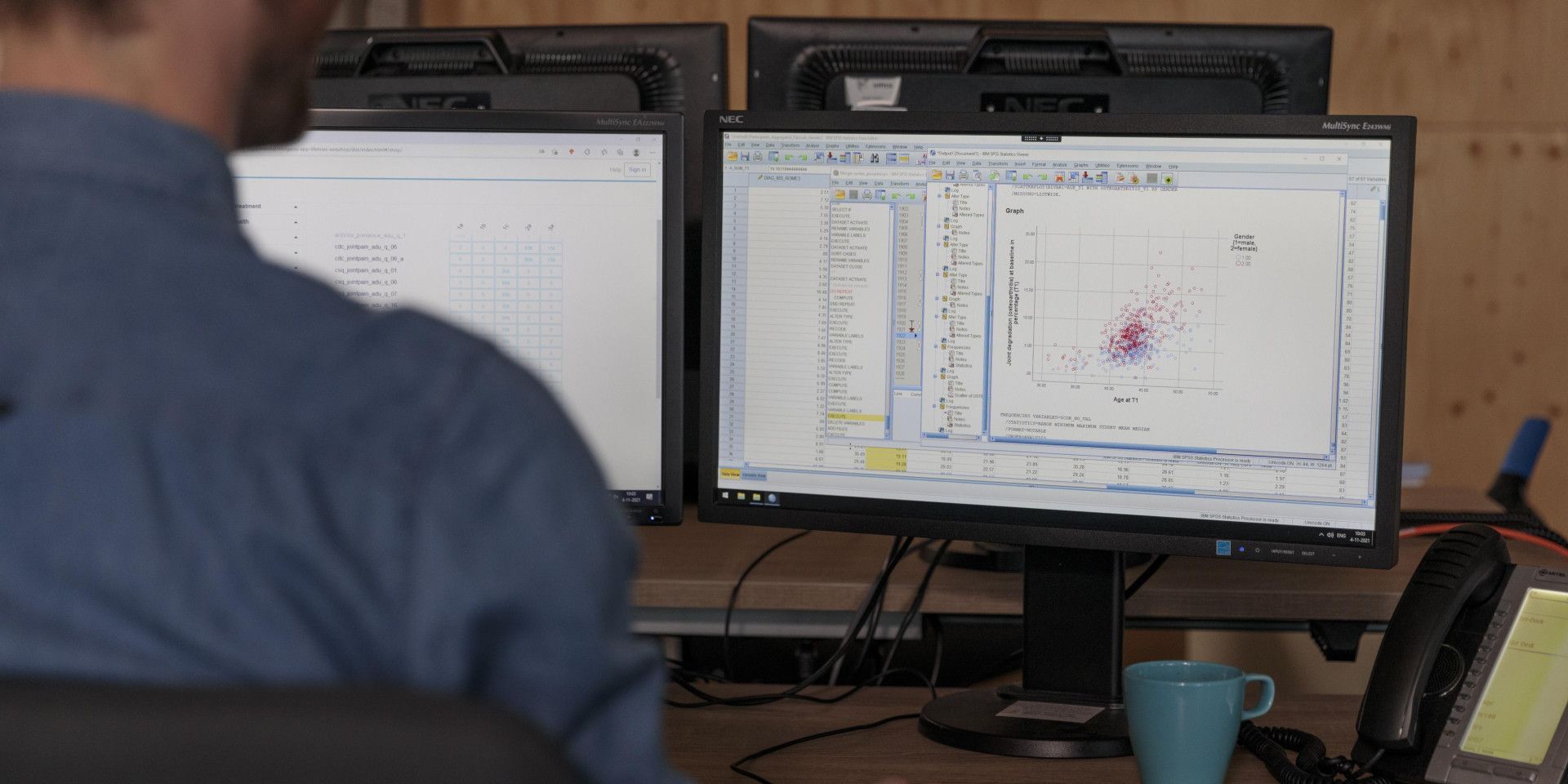
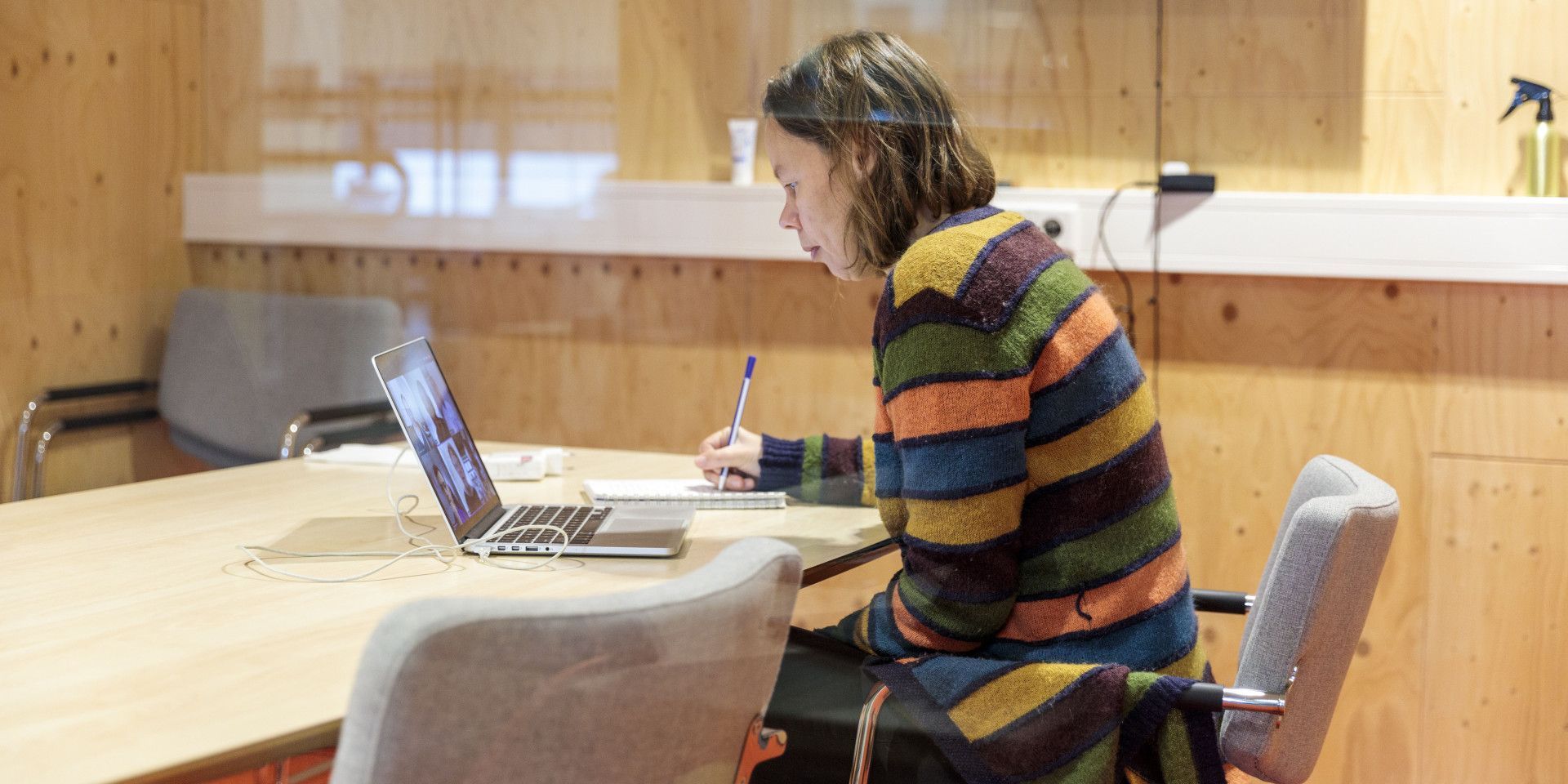
How do you plan to strengthen the collaboration between Lifelines and our users?
"There is always room for improvement when it comes to our relationship with researchers. When we started sharing our data, we were pioneering. We have streamlined many of our processes since then, and Lifelines currently has a solid access procedure with efficient pipelines to help many people quickly and for a fair price. We are continuously improving our services with a special focus on the needs of our ‘super-users’ that make extensive use of our resources. Moreover, we want to be able to offer more assistance and hands-on services to first-time researchers when they initiate their project. We also see a rise in requests from applied science teams that want to use Lifelines data to monitor (national) policies. We want policymakers to learn from our treasure trove of data for public health policy.”
Which new markets or research areas do you see as promising for Lifelines?
"We currently have high hopes for the analysis of our various biosamples. Our longitudinal biosample collection is unique in the world and is increasingly recognized by other parties. Our biosamples come with a wealth of information about the person they belong to and combined with the data derived from these samples (also known as ‘digitalization’) this can make a very powerful impact on scientific discovery. We are dedicated to making more researchers working in both public and private sectors aware of this enormous potential."
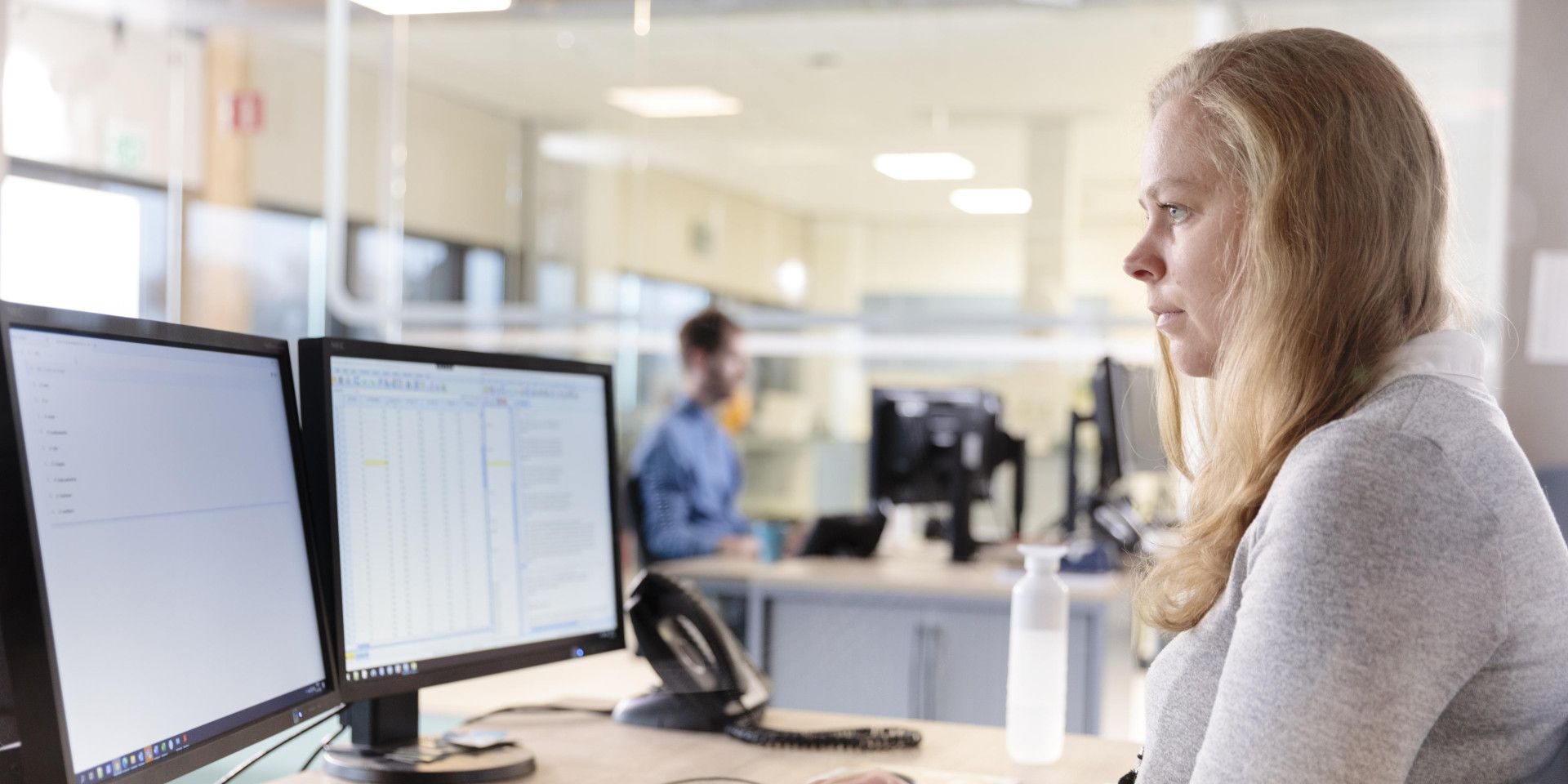
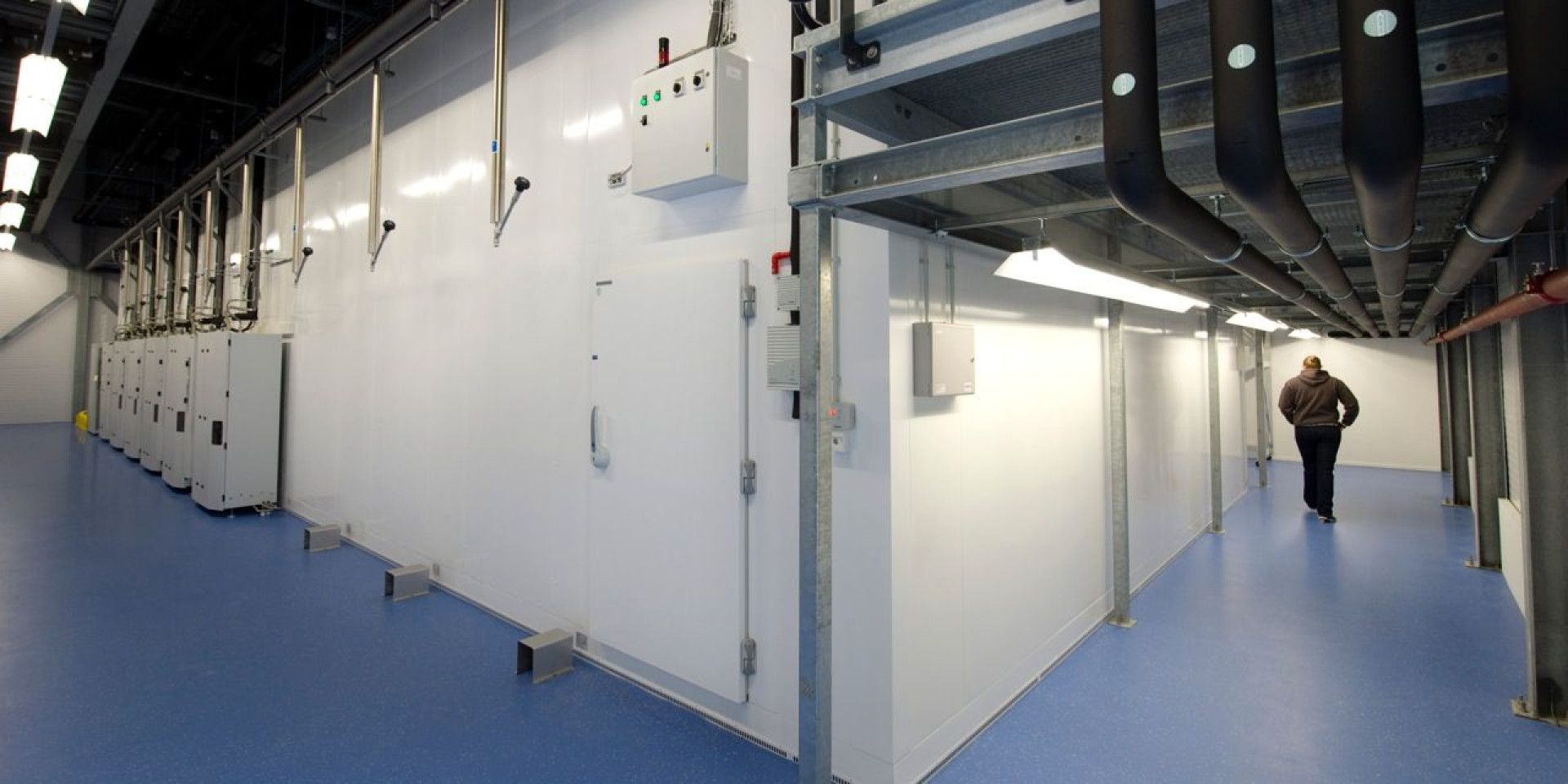
What are the biggest challenges you expect to face in your new role, and how do you plan to tackle them?
"I’m afraid that we are moving towards increasing financial challenges. Governments tend to invest less and less in science and disease prevention, and these areas are exactly those we operate in. We receive funding from grants and subsidies, and most of our users pay our nominal fee from their research grants. If the government invests less in Lifelines and in academic research in general, this will affect the services that we can offer and, in turn, the scientific impact we can make. Therefore, we are looking for new forms of collaboration and partnerships with organizations that do have financial resources. We are very selective and have strict policies to ensure these collaborations will benefit society and public health."
How do you think Lifelines can contribute to innovations in health research?
"Paradoxically, the best way for Lifelines to support innovation is to stick to a fairly conservative protocol ourselves. One of the strengths of our study is that we follow people longitudinally, conducting the same high-quality biosample collections, physical measurements and questionnaires over and over again. This exact approach allows anyone with a good research proposal to use our standardized biosamples and data for innovative new projects. However, we always reserve plenty of space for innovative biosample and data collection technologies, or – for example - AI-based analyses. We are very pro-innovation."
